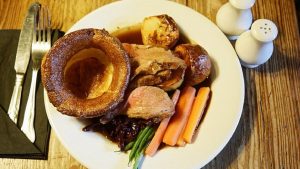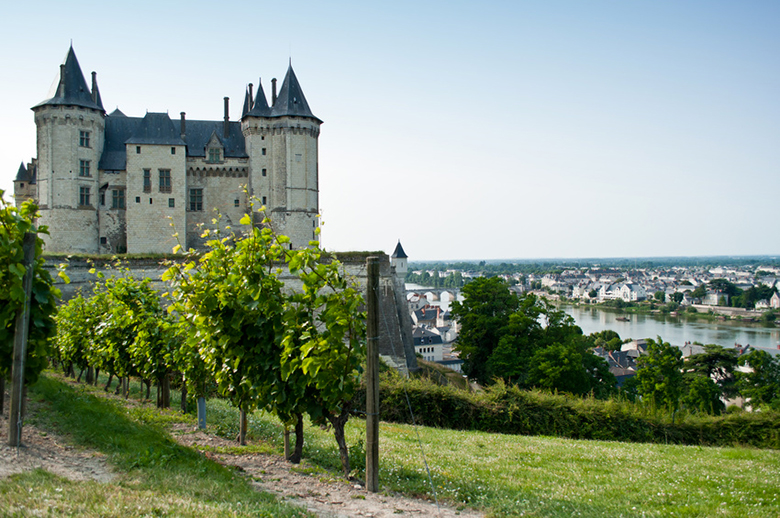
The Loire Valley is without a doubt the most diverse wine region in France, both in terms of grape varieties and types of wine. Come with us as we journey down France’s longest river.
An overview of the Loire Valley
The Loire Valley stretches from Auvergne up to Pays Nantais, covering over 1,000km of French soil. It consists of 58 Appellations d’Origine Protégée (AOP; protected designation of origin in English) and 5 Indication Géographique Protégée (protected geographical indication in English). The six main sub-regions starting at the coast are: Pays Nantais (which covers Muscadet), Anjou and Saumur, Touraine, Orléans, Centre-Loire (which includes Sancerre) and the Auvergne.
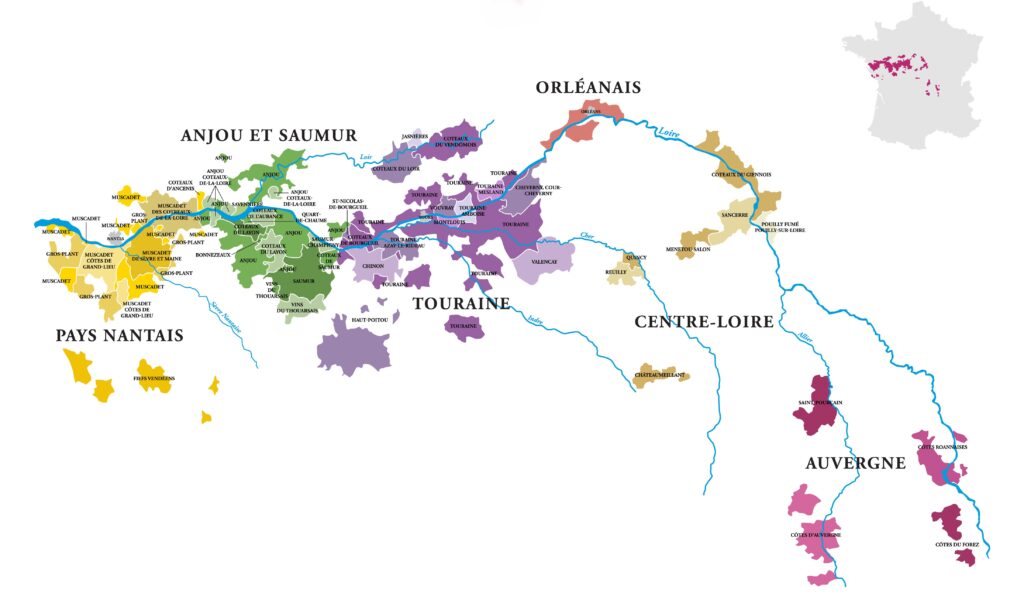
Lovers of Loire wines tend to forget that the Loire extends past Sancerre, the beloved Sauvignon Blanc appellation. The river’s source is actually at Mont Gerbier de Jonc (in the Ardèche), which is in reality much closer to Montélimar than Nevers… Strictly speaking, Loire wines cover a large area of France, going from the ancient volcanic area of thes Auvergne (in Roanne and Clermont-Ferrand) to the hills of the Muscadet surrounding the city of Nantes. It is true, however, that the most important part is that which lies between Tours and Nantes, passing through Saumur.
Today, we’ll explore:
Auvergne
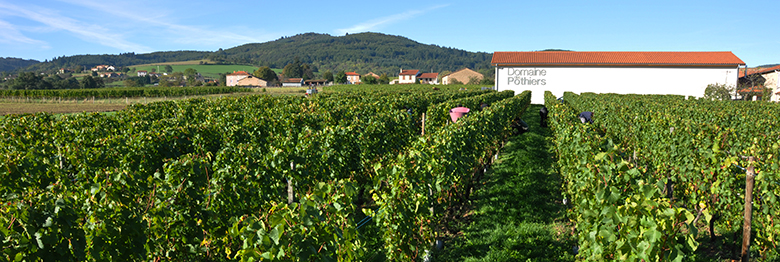
Few wine enthusiasts know of these isolated appellations on the slopes of the Massif Central mountain range in central France. On the banks of the Loire, just to the east of Auvergne, the appellations of Côtes du Forez and Côte Roannaise are located on mainly granitic soils, where Gamay reigns supreme, yet produces very different wines from those of the Beaujolais; more ‘serious’ wines, with nice depth.
To the west, around Clermont-Ferrand, the Côtes d’Auvergne are planted with Gamay (which makes up the majority) and Pinot Noir on terroirs of marl, limestone and volcanic soils. This appellation has five defined vineyard areas, which are Chateaugay, Madargues and Chanturgue to the north of Clermont-Ferrand and Boudes and Corent to the south. Gamay, the most interesting grape here, creates characterful wines that are slightly more tannic than those found in the Beaujolais.
Concluding our tour around the Auvergne sub-region is the Saint-Pourçain appellation, which sits on the Allier and Sioule rivers. It mainly produces light and fruity red wines from Gamay grapes and a small amount of Pinot Noir. The white wines use Chardonnay grapes and that of a local variety, Sacy, which has good acidity.
Estates from Auvergne that you can find on iDealwine are La Bohème (run by Patrick Bouju), Domaine des Pothiers and Domaine Sérol (the latter two are in Côte Roannaise).
Centre-Loire, around Sancerre
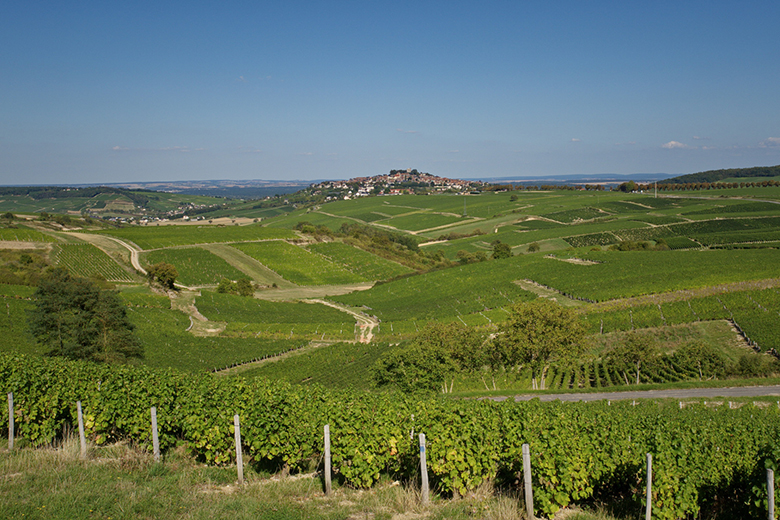
Travelling along the River Loire, shortly after passing through Nevers, you arrive in a region that is much more vastly covered in vines. Most vineyards – certainly the most important – surround a pretty little village overlooking the Loire, Sancerre. It is made up of five contiguous appellations: Sancerre, Pouilly-Fumé, Menetou-Salon, Pouilly-sur-Loire and Coteaux du Giennois. While Pouilly-sur-Loire is characterised by just one grape variety, Chasselas (also found in Savoie on the banks of Lake Geneva and in Switzerland where it is known as Fendant), the other four appellations produce red and white wines with Sauvignon Blanc and Pinot Noir respectively.
In terms of white wines, here Sauvignon finds its best expression, on condition that you focus on winemakers who harvest when the grapes are fully ripe, thus avoiding herbaceous aromas that can occur with under-ripe Sauvignon. Most of the finest cuvées come from Sancerre (with several very well-known producers including Gérard Boulay, Alphonse Mellot, and Cotat), as well as Pouilly-Fumé (such as Alexandre Bain and Dagueneau), Menetou-Salon (Henry Pellé) and Coteaux du Giennois. Pinot Noir, particularly in Sancerre, can reach excellent levels of quality, with wines that are lighter, more immediately fruity and often more accessible in their youth than in Burgundy.
Further to the west, there are three lesser-known appellations: Châteaumeillant – which produces light and fruity reds mainly from Gamay and ‘grey’ wines, very similar to a light rosé -, Reuilly and Quincy, two neighbouring appellations which produce both white wines with Sauvignon, while only Reuilly produces red wines with Pinot Noir. Reuilly, like Châteaumeillant, allows small amounts of Pinot Gris in its rosé and red wines.
iDealwine partner producers from the area include Domaine Alphonse Mellot (Sancerre), Domaine Claude Riffault (Sancerre), Domaine Gérard Boulay (Sancerre), Domaine Michel Redde et Fils (Pouilly-Fumé), Domaine Jonathan Didier Pabiot (Puilly-Fumé) and Domaine Henri Pellé (Menetou-Salon).
Orléans
The Orléans winemaking region enjoyed great success from the Middle Ages up until the end of the 17th century, comparable to the power and affluence of the Bordeaux region today, according to Roger Dion in his book Histoire de la vigne et du vin en France [History of the vine and wine in France]. Since 2006, this area has been made up of of two areas, Orléans on the right bank of the Loire and Orléans-Cléry on the left bank. Interestingly, 70-90% of wines in the Orléans appellation are produced with Pinot Meunier, a grape usually used in Champagne, particularly the Marne valley. White wines are also crafted here from Chardonnay and Pinot Gris along with rosés from Pinot Meunier, Pinot Gris and Pinot Noir grapes. The Orléans-Clery AOP links the appellations of the Touraine and Saumurois regions, with the wines produced there are made solely with Cabernet Franc. Wines from these appellations are simple and fruity, to be enjoyed young with simple foods.
Touraine
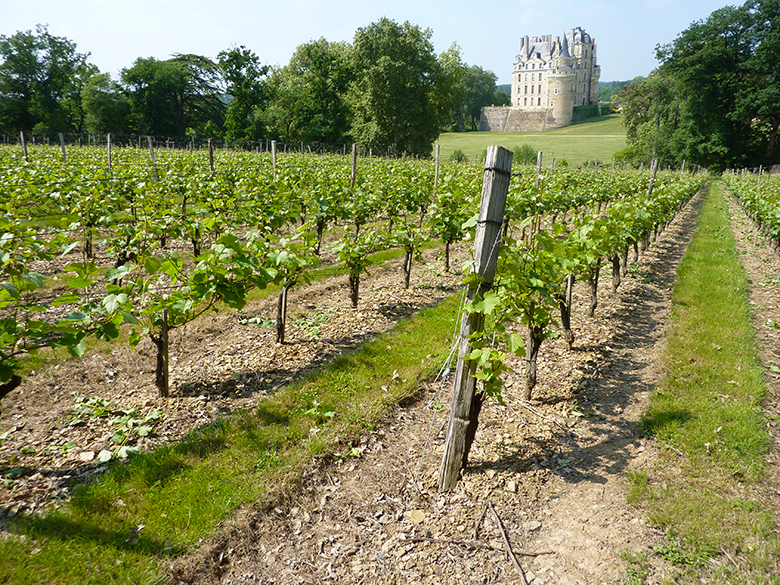
Touraine is the Loire’s principal winemaking region, with no fewer than 19 appellations which produce all sorts of wines: white, red, rosé, sweet and sparkling! The main grape varieties here are Cabernet Franc (with small amounts of Côt, Cabernet Sauvignon, Gamay, Pinot Noir, Pineau d’Aunis in the Vendômois and Pinot Meunier in Touraine-Noble Joué), and Chenin (but also some Sauvignon and Romorantin in Cour-Cheverny). Touraine is thus a region of many facets and each of its appellations possess unique characteristics.
To the north-west are the two adjoining appellations Cheverny and Cours-Cheverny which differ greatly despite their similar names. In Cheverny, the red wines are produced from Pinot Noir and Gamay, whereas the white wines are mostly composed of Sauvignon Blanc, with some Chardonnay and Chenin. Cours-Cheverny is exclusively made up of white wines from a local variety, Romorantin. Further to the west, in the direction of Tours, are the different appellations of Touraine, with Touraine, Touraine-Chenonceaux, Touraine-Oisly, Touraine-Amboise, Touraine-Mesland, Touraine-Noble Joué and Touraine-Azay-le-Rideau. Generally speaking, white wines from these appellations are produced from Sauvignon Blanc (except for Chenin in Amboise, Mesland and Azay-le-Rideau) and red wines produced from a majority of Cabernet Franc or Côt, with Gamay in Mesland. Touraine-Noble Joué only crafts rosés from Pinot Meunier, Pinot Gris and Pinot Noir. They are floral and fruity wines that sometimes have a touch of sweetness which should be enjoyed in their youth.
Further to the west lie several very well-known regions, two for their white wines produced with Chenin Blanc to the east of Tours, Vouvray and Montlouis, and three to the west of the city, known for the Cabernet Franc reds, Chinon, Bourgueil and Saint-Nicolas de Bourgueil.
Producers found on iDealwine include Domaine Bonnigal-Bodet (Touraine and Touraine-Amboise), Domaine La Grange Tiphaine (Touraine and Touraine-Amboise), and Clos du Tue-Bœuf (Touraine and Cheverny).
Vouvray and Montlouis face each other on different sides of the Loire, Montlouis on the left bank and Vouvray on the right bank. The two produce the same types of white wines from Chenin Blanc: dry, semi-dry, sweet and sparkling. Vouvray is five times bigger and boasts terroirs varying from clay-limestone to clay and flint. Montlouis has long since remained in the shadows of its rival but in the past 15 years, a new generation of winemakers has ‘boosted’ the appellation, while Vouvray has rested on its laurels of the past to a certain extent. The two appellations produce excellent Chenin Blanc at still reasonable prices. While Montlouis wines are exciting for their remarkable vibrancy, Vouvray production has a strong character, with distinct terroirs.
Estates found on iDealwine: Domaine Vincent Carême (Vouvray), Domaine du Clos Naudin (Vouvray), Domaine Huet (Vouvray), Domaine Sébastien Brunet (Vouvray), Domaine de La Taille aux Loups (Montlouis and Vouvray), Domaine François Chidaine (Vouvray and Montlouis).
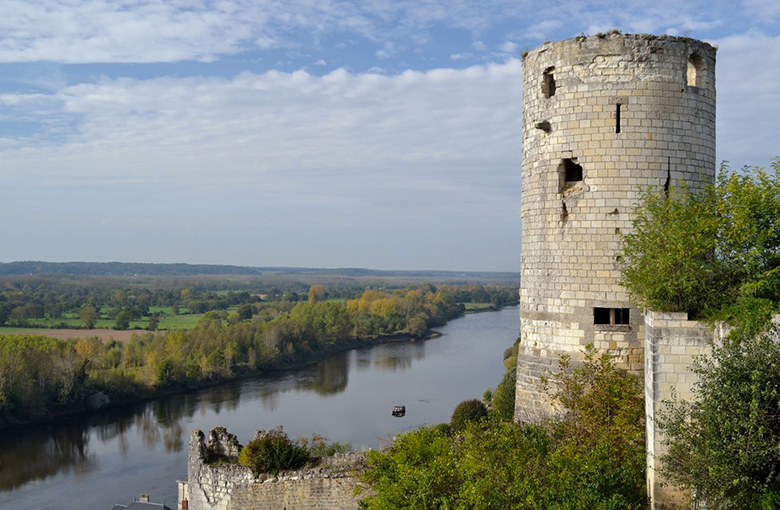
Similarly, the red appellations to the west of Tours face each other on opposite banks of the Loire, with Chinon on the left bank and Bourgueil and Saint-Nicolas de Bourgueil on the right bank. Cabernet Franc reigns supreme here, with small amounts of Cabernet Sauvignon. Chinon is much larger, with a wide range of varied terroirs. In Bourgueil (and Saint-Nicolas), the finest cuvées are produced on slopes of tophaceous rocks. Whatever the appellation, the red wines are excellent, with good price-quality ratio and great aging potential. The best hillside cuvées are dense and deep, whereas wines from the alluvial, gravel terraces are generally lighter and more immediately fruity and should be drunk young.
To the north and north-east of Tours, it’s worth noting a small area along the Loire which comprises of three appellations, from east to west: Coteaux du Vendômois, Jasnières and Coteaux du Loir. These appellations only vinify white wines made from Chenin Blanc (Jasnières is an appellation solely dedicated to white wines) and red wines from Pineau d’Aunis, with a little Cabernet Franc and Pinot Noir in Vendômois whereas Coteaux du Loir allows Gamay and Côt. The whites are generally characterised by a nice mineral tension and the best can amply reward aging. Pineau d’Aunis gives characterful wines with an interesting peppery profile.
Producers found on iDealwine are Domaine Bernard Baudry (Chinon), Domaine Charles Joguet (Chinon), Domaine Philippe Alliet (Chinon), Domaine Nicolas Grosbois (Chinon), Domaine Catherine et Pierre Breton (Bourgueil), Domaine de La Butte (Bourgueil), and Domaine de Bellivière (Jasnières and Coteaux du Loir).
Anjou-Saumur
Our penultimate stop along the Loire, Anjou is equally rich, with many characterful and varied wines. First, we come to the Saumurois area, also known as “Anjou Blanc” as opposed to “Anjou Noir” to the west, in reference to the dominant soils, with chalk in Saumur and schist in teh appellations to the west.
Saumur includes two large appellations: Saumur-Champigny (exclusively red wines) and Saumur (red and white wines as well as sparkling wines), to which we can add Saumur-Puy-Notre-Dame, a hierarchisation of a cru within the Saumur appellation. Generally speaking, the terroir here is rich in limestone, and around the town of Saumur, you can find seams of chalk. The soils greatly influence the character of the wines, with very crystalline profiles, fine tannins, lots of freshness on the palate and a mineral salinity in whites and red alike (whereas, for instance, Chinon reds are generally more ample and slightly ‘bigger’). As is the case in Chinon and Bourgueil, the best red cuvées in Saumur-Champigny and Saumur can be aged for a long time, at least ten years, or even longer in the best vintages. The mythic Clos Rougeard, one of France’s most sought-after wines, is produced here.
Eastes found on iDealwine include Domaine des Roches Neuves (Saumur-Champigny and Saumur), Château Yvonne (Saumur), Château de Villeneuve (Saumur-Champigny and Saumur), Domaine Clotilde Legrand (Saumur-Champigny et Saumur) and Domaine Guiberteau (Saumur).
To the west and south of the city of Angers, almost exclusively on the left back of the Loire, are several appellations of Anjou Noir. Red and white wines are produced, as well as a large proportion of sweet wines. The Anjou appellation, which produces dry white Chenin Blanc and reds where the dominant variety is Cabernet Franc, with a large proportion of Cabernet Sauvignon (some cuvées are even 100% Cabernet Sauvignon), which can be completed with Grolleau and Pineau d’Aunis. In terms of red wines, the Anjou appellation also has two lesser appellations, Anjou-Villages and Anjou-Village-Brissac. Anjou reds have crunchy fruit, good tension and are often lighter than Saumur-Champigny or Chinon, for instance, and thus don’t have as long aging ability. The right bank of the Loire has one excellent quality appellation, Savennières (with two hierarchies, Savennières Roche-aux-Moines and Savennières-Coulée-de-Serrant, a single vineyard appellation own entirely by the famed estate of the same name). This terroir is exclusively home to Chenin, distinctly marked by its schist terroir, often less accessible in their youth than other Anjou whites (or Vouvray or Saumur) but they have a beautiful minerality and great ageing potential.
To the south of Angers, within the generic Anjou appellation, are several sweet and dessert wine appellations such as Coteaux de l’Aubance, Coteaux du Layon, Bonnezeaux and Quarts de Chaume (the only Loire Valley grand cru). Some (rare) very talented producers make superb sweet wines with perfectly balanced levels of sugar by the natural acidity of Chenin. As the market tends to be quite small, many producers here have increased their production of dry white wines from the Anjou appellation.
Winemakers found on iDealwine include Clos de Nell (Anjou), Domaine Patrick Baudouin (Anjou, Quarts de Chaume), Clos de la Coulée de Serrant (Savennières-Coulée-de-Serrant, Savennières-Roche-aux-Moines), Domaine du Closel (Savennières), Domaine Belargus (Anjou, Quarts de Chaume, Savennières), Château de Plaisance (Anjou, Savennières), and Domaine Ogereau (Anjou, Savennières).
Muscadet
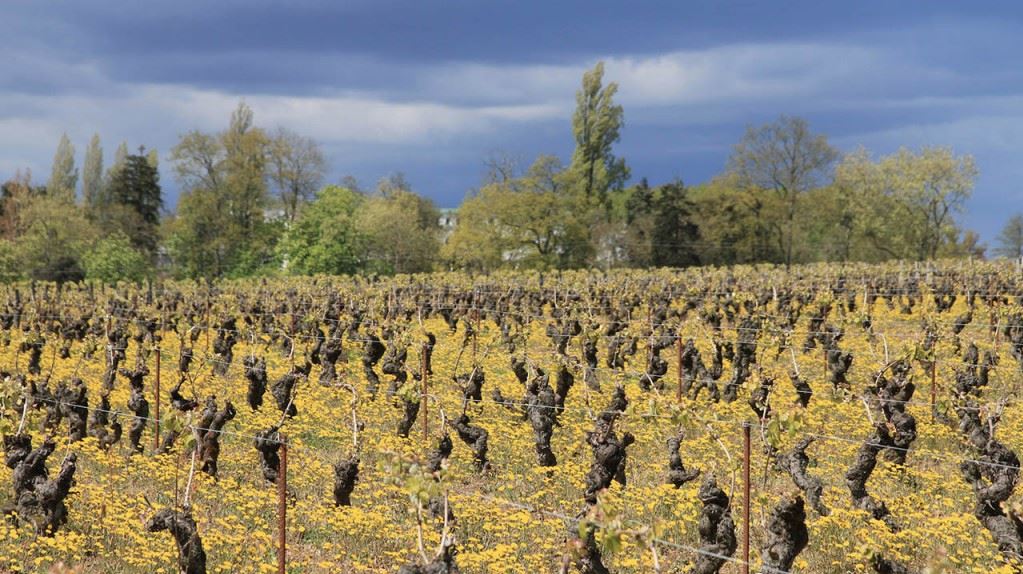
We’re getting closer to the Atlantic Ocean – and that means oysters! It’s time to top up your cellar with good Muscadet, which go perfectly with the salinity of shellfish. Muscadet has suffered – and continues to suffer – from its reputation as a cheap, highly acidic wine, but in the past 20 years, a generation of producers have taken matters into their own hands and are producing great quality wines which often surprise consumers with preconceptions about the region’s wines. Muscadet is also in the process of establishing a hierarchy of crus, including Gorges, Clisson, Monnières-Saint-Fiacre and La Haye-Fouassière. Some cuvées even have good ageing ability and after ten years can start showing notes of white Burgundy. On the whole, these are lovely white wines produced from the Muscadet grape variety which is also known as Melon de Bourgogne that have kept reasonable prices despite a leap in quality.
Producers found on iDealwine are Domaine Jo Landron, Domaine de l’Écu, and Domaine Bonnet-Huteau.


